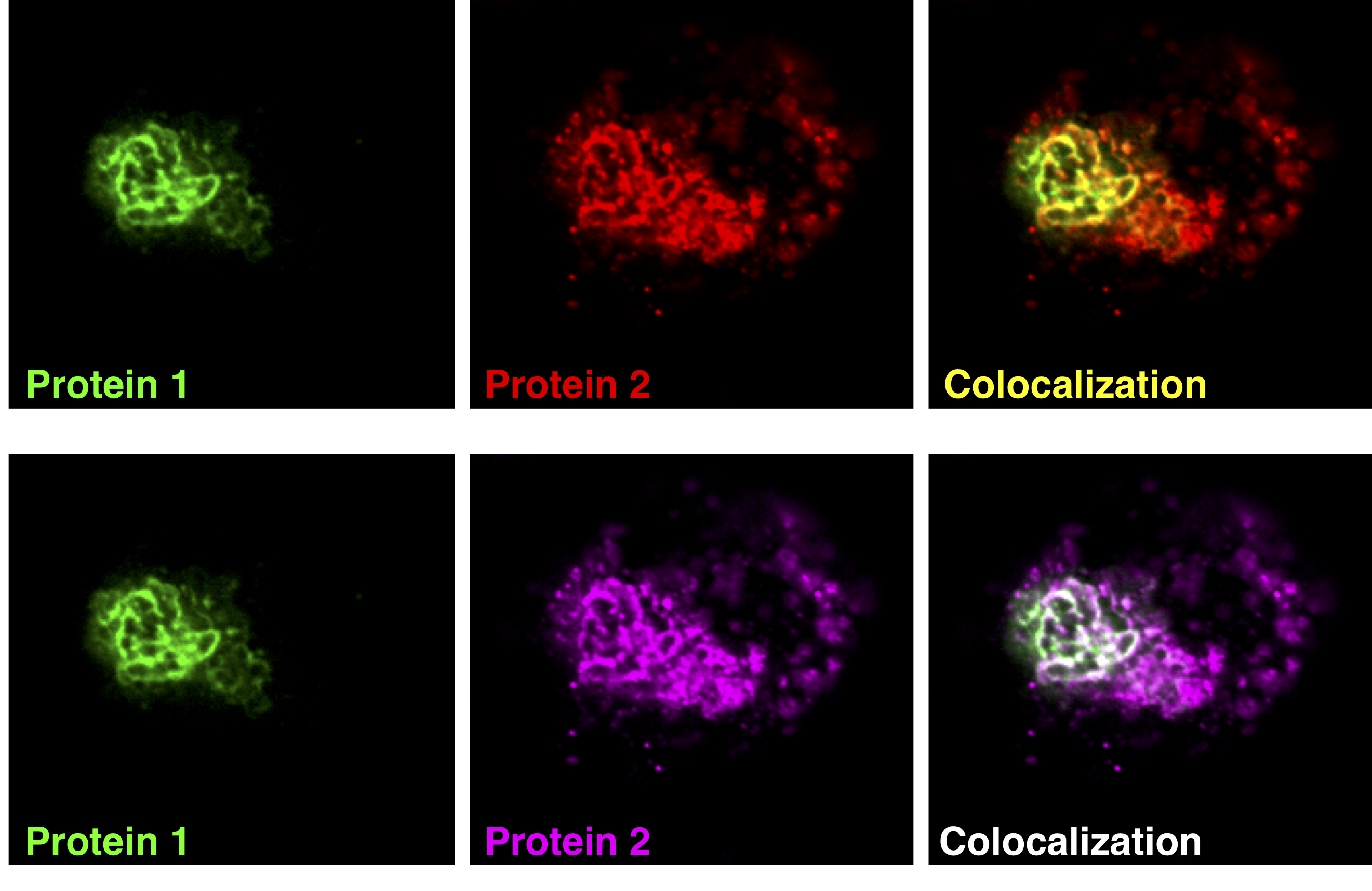
In order to function correctly, proteins must be localized to a specific subcellular location. We have designed this lesson to use data from the primary literature to teach students about the mechanisms cells use to direct proteins to the appropriate destinations and about the types of experiments that scientists use to investigate these mechanisms. Exposing undergraduate students to primary literature and experimental science in biology courses can prepare them for the demands of the job market and graduate programs. However, students can struggle when asked to analyze data from publications due to the high cognitive load involved with figure interpretation. We have designed this lesson to help students draw meaningful conclusions from figures in primary literature. To make the figure interpretation process more accessible to students, we use a combination of scaffolding to break down figure interpretation into smaller attainable steps and group work to allow students to combine their knowledge and work collaboratively. In this lesson, student groups are given a subset of figures from a scientific article along with questions that guide them through the process of decoding and interpreting these figures. The students interpret three figures that use different experimental techniques to address the subcellular localization of the TIN2 protein and one figure that determines the locations of the signal sequences in the protein that are critical for the correct localization. Taken together, this lesson helps students understand both how the eukaryotic cell localizes proteins to the correct subcellular localization and how scientists study this question.

Jessica Fry onto Cell Bio
@
on